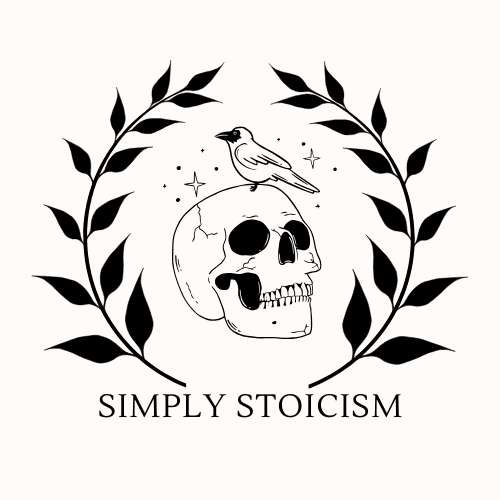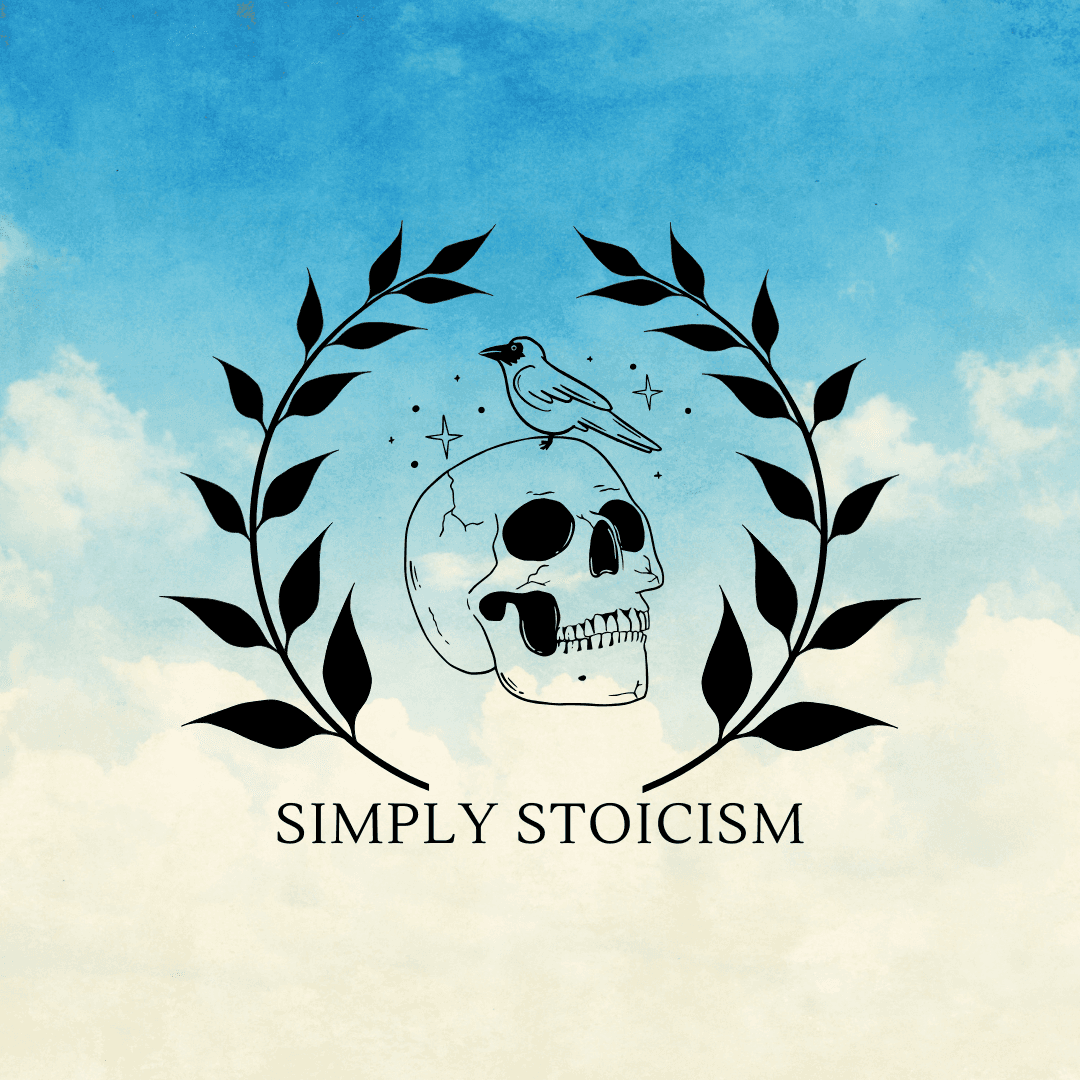Why Modern CEOs Turn to Stoicism to Stay Resilient
Discover why Silicon Valley executives and Fortune 500 CEOs are turning to ancient Stoic wisdom to handle modern pressure while building unshakeable resilience in chaos.

Jon High
·
Dec 19, 2024
The most powerful people in business are obsessed with a 2,000-year-old philosophy – and it's not because they've run out of self-help books to read.
From the outside, it seems bizarre. Why would tech billionaires and Wall Street titans spend their limited time studying ancient Roman philosophers? These are people who pride themselves on being forward-thinking, on disrupting the old ways of doing things. Yet more and more of them are turning to wisdom that predates electricity by nearly two millennia.
Here's the thing though: They're not doing it to be trendy. They're doing it because it works.
The Modern CEO's Impossible Position
Let's be real about what it means to be a high-level executive in today's world:
Your decisions affect thousands of lives
Markets can swing millions on your every word
Social media turns minor missteps into global scandals
You're expected to predict the future while barely having time to eat lunch
Everyone has an opinion about what you should do, and they're all conflicting
The pace of technological change makes five-year plans feel like science fiction
Global crises can destroy your business model overnight
It's enough to break most people. And traditional approaches to handling this pressure – from mindfulness apps to executive coaches – often fall short. Why? Because they try to eliminate the pressure rather than build the capacity to handle it.
This is where Stoicism's ancient wisdom becomes surprisingly relevant.
The Breaking Point That Leads to Ancient Wisdom
Take Brian Armstrong, CEO of Coinbase. During the crypto market crash of 2022, he faced:
A 60% drop in company value
Mass layoffs
Public criticism
Regulatory threats
Internal dissent
Instead of crumbling, he made controversial but clear-headed decisions, guided by Stoic principles about focusing on what's in his control and accepting market realities. The result? Coinbase emerged stronger while many competitors failed entirely.
Or consider Microsoft's Satya Nadella, who regularly cites Marcus Aurelius's influence on his leadership style. When he took over from Steve Ballmer, Microsoft was losing its edge. Instead of panicking, he approached the challenge with Stoic equanimity, focusing on what could be changed while accepting market realities that couldn't.
Why Stoicism Hits Different
The reason Stoicism resonates with modern leaders isn't because it promises to make their problems go away. Quite the opposite. As the core tenets of Stoicism teach us, life is inherently challenging, and that's actually okay.
Instead of trying to eliminate pressure, Stoicism provides a framework for thriving under it. It teaches that:
External events are beyond our control
Our response to those events is within our control
Adversity is an opportunity for growth
True strength comes from facing reality as it is
Success lies in aligning actions with principles, not outcomes
Leadership requires constant self-examination
For a CEO dealing with market volatility, angry shareholders, and disruptive competitors, this isn't just philosophy – it's practical armor for daily battles.
How Modern Leaders Apply Stoic Principles
These aren't just theoretical concepts. Today's executives are applying specific Stoic practices to handle real challenges:
1. The Premeditation of Adversity
Before major announcements or launches, many CEOs practice what the Stoics called "premeditatio malorum" – deliberately visualizing everything that could go wrong. Not to be pessimistic, but to be prepared.
This isn't about creating anxiety; it's about removing it. When you've mentally rehearsed the worst-case scenarios, you're less likely to be rattled when challenges arise. This practice alone can transform how you handle stress.
Netflix's Reed Hastings used this approach when deciding to split Netflix's streaming and DVD services. He knew it would be controversial but prepared for the backlash and stayed committed to the long-term vision.
2. The View From Above
Stoics practiced taking the "cosmic perspective" – viewing their problems from a vast distance. Modern executives use this to maintain perspective during crises. That product launch disaster? In five years, it'll be a footnote. That angry board member? In the grand scheme, their opinion is just one of billions.
Ray Dalio of Bridgewater Associates explicitly incorporates this practice into his decision-making, regularly asking himself and his team to "look down on yourself and the situation from a higher level."
3. Focus on Process Over Outcomes
The Stoics emphasized focusing on what's in your control rather than results. Smart leaders apply this by:
Defining clear processes for decision-making
Evaluating choices based on principles rather than outcomes
Maintaining composure regardless of results
Creating systems that work under pressure
Building resilient company cultures
This shift in focus can be revolutionary for handling the pressure of leadership.
The Hidden Power of Stoic Leadership
What makes Stoicism particularly effective for modern leaders?
1. It's Reality-Based
Unlike many modern leadership philosophies that promote positive thinking or manifestation, Stoicism starts with accepting reality exactly as it is. This is crucial for leaders who need to make decisions based on facts, not wishes.
2. It's Pressure-Tested
Stoicism was developed by people facing real adversity – from enslaved people to emperors. It's not a fair-weather philosophy; it works better under pressure.
3. It's Practical
While profound, Stoic principles are also immediately applicable. You can start using them in your next meeting, crisis, or decision point.
4. It's Ethical
In an era of stakeholder capitalism, Stoicism provides a framework for ethical leadership that goes beyond mere compliance.
Why It Works (When Other Approaches Fail)
Most modern resilience training fails because it tries to:
Eliminate stress (impossible)
Avoid negative thoughts (counterproductive)
Create artificial positivity (unsustainable)
Separate personal and professional life (unrealistic)
Stoicism works because it:
Accepts reality as it is
Builds internal strength rather than external shields
Provides practical tools rather than empty platitudes
Works better under pressure rather than requiring perfect conditions
Integrates all aspects of life under one coherent philosophy
The CEO's Stoic Toolkit
For executives looking to build Stoic resilience, here are the key practices:
1. Morning Reflection
Start each day by reviewing potential challenges and setting your intentions to respond with wisdom rather than reaction.
Use these prompts:
What difficult situations might I face today?
What principles will guide my responses?
What's truly important versus merely urgent?
2. Evening Review
End each day by examining your responses to challenges:
Where did I maintain composure?
Where did I lose it?
What lessons can I extract?
How can I improve tomorrow?
3. Perspective Shifts
During crises, practice viewing the situation from:
10 years in the future
A neutral observer's perspective
The viewpoint of all stakeholders
The cosmic perspective
Your company's founding principles
4. Reality Testing
Regularly ask:
Is this truly as bad as it seems?
What's actually in my control here?
What principle can guide me through this?
Am I responding to reality or my fears about reality?
What would the ideal leader do in this situation?
Implementing Stoic Practices in Your Organization
The real power comes when these principles spread beyond the CEO:
Create Decision Frameworks Build decision-making processes that incorporate Stoic principles of focusing on what's controllable and aligning with values.
Train for Resilience Include Stoic practices in leadership development programs, teaching teams to handle pressure with wisdom.
Build Cultural Habits Integrate Stoic reflection practices into regular meetings and reviews.
Model the Behavior Demonstrate Stoic principles in your own leadership, especially during crises.
The Bottom Line
The reason CEOs are turning to Stoicism isn't because it's trendy or simple. They're turning to it because it works. It provides a tested framework for handling immense pressure while maintaining clarity and ethical behavior.
In a world of increasing complexity and pressure, perhaps we don't need new solutions. Maybe we just need to apply ancient wisdom in modern ways.
Want to dive deeper? Start with our guide to applying Stoic principles in modern life. The answers you're looking for might be 2,000 years old.
Remember: The goal isn't to eliminate pressure – it's to become the kind of person who can handle any amount of it with wisdom and grace. That's what Stoicism offers. And that's why it's becoming the hidden edge of modern leadership.

